When dealing with a stubborn dog reluctant to pee outside in the yard, patience and consistency are key. Establishing a routine, rewarding good behavior, and providing ample opportunities for outdoor breaks can help in this training process. Understanding your dog’s cues and body language is crucial to knowing when they need to go. Creating a positive association with the outdoor environment can encourage your dog to relieve themselves outside. By following these strategies and staying persistent, you can effectively train your stubborn dog to pee outside.
Key Takeaways
- Understand that stubborn dogs may require patience and consistent training.
- Choose a designated spot outside and be patient while waiting for them to go.
- Establish a routine for feeding, potty breaks, outdoor training sessions, and work to set clear expectations.
- Use techniques like positive reinforcement, crate training, and supervision for successful outdoor training.
- Address potty training issues in adult dogs with understanding and persistence, adjusting strategies as needed.
- Manage accidents calmly, clean thoroughly, and continue training without losing motivation.
- Understanding Stubborn Dogs
Understanding Stubborn Dogs
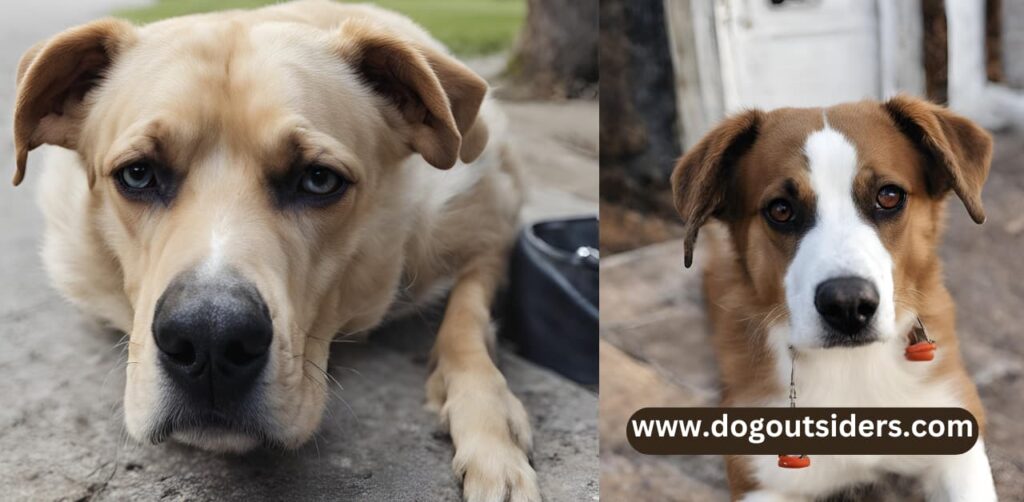
Signs of Stubbornness
Stubborn dogs may exhibit resistance to going outside, often preferring to stay indoors. They might show repeated accidents indoors, indicating a reluctance to pee outside. They could display reluctance to follow commands, making training challenging.
Building Trust
To address stubbornness, focus on building trust with your dog. Establish a bond through positive interactions and rewards for good behavior. Create a safe environment where your dog feels secure and comfortable, promoting better cooperation. Spend quality time together to strengthen your bond and foster trust.
Patience is Key
When dealing with a stubborn dog, remember that training takes time and consistency is crucial. Stay calm and composed during training sessions, as frustration can hinder progress. It’s essential to avoid getting frustrated with slow progress and setbacks, maintaining a positive attitude throughout the process.
Basics of Potty Training
Positive Reinforcement
Training a stubborn dog to pee outside requires consistent positive reinforcement. Use treats and praise to motivate good behavior effectively. Reward your dog promptly after they successfully go potty outside. By reinforcing positive actions consistently, you encourage the desired behavior to become a habit.
Consistency Matters
Consistency is key when it comes to potty breaks. Stick to a regular schedule for bathroom breaks to establish a routine for your dog. Ensure that commands and expectations remain the same each time. Consistent training methods help your dog understand what is expected of them.
Recognizing Signals
Understanding your dog’s signals is crucial in successful potty training. Learn to recognize when your dog needs to go outside by observing specific behaviors or cues they exhibit. Act promptly when you notice signs indicating that your dog needs to pee, reinforcing the association between going outside and relieving themselves.
In my experience, using a consistent approach with positive reinforcement was instrumental in training my own stubborn dog. I found that rewarding good behavior immediately after the desired action helped reinforce the behavior effectively. Sticking to a set routine for potty breaks made it easier for my dog to understand when and where they should go.
When it comes to potty training, consistency among all household members is essential. Everyone in the family should follow the same training approach to avoid confusing the dog. By maintaining consistency in commands and expectations, you create a clear environment for your dog to learn and succeed.
Recognizing signals from your dog requires attentiveness and observation. I learned to watch for specific behaviors like sniffing or circling, which indicated that my dog needed to go outside. Acting promptly upon noticing these cues helped prevent accidents indoors and reinforced the connection between signaling and going potty outside.
Establishing a Routine
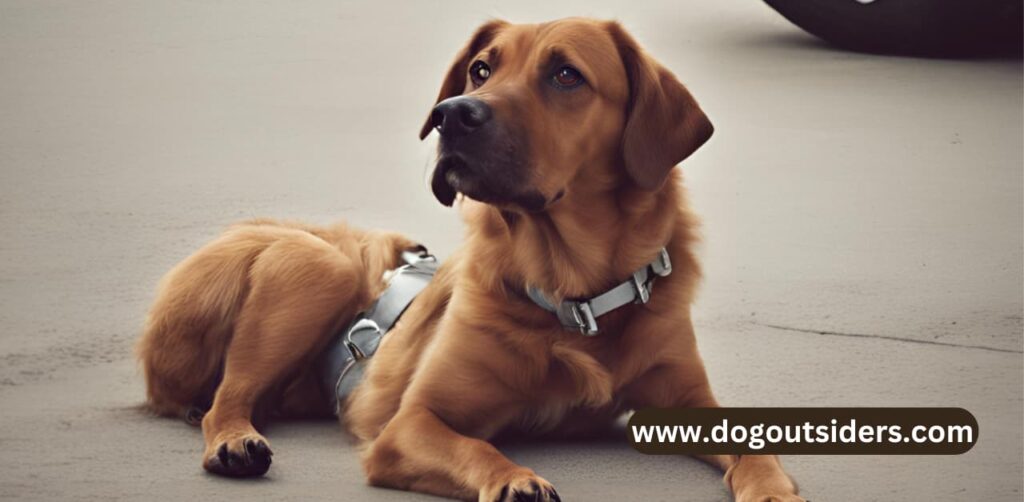
Fixed Timings
Establish specific times for bathroom breaks to encourage consistency in your dog’s routine. This predictability helps them understand when and where they should relieve themselves outside. Follow a consistent schedule for feeding and walks, aligning them with the bathroom breaks to reinforce the association between going outside and pottying. By establishing a routine that meets your dog’s needs, you create a comfortable environment for successful training.
Feeding Schedule
Feed your dog at regular intervals to regulate their digestion and bathroom habits. Monitoring water intake, especially before bedtime, can help prevent nighttime accidents. Choose a designated spot outside and be patient while waiting for them to go.
Nighttime Habits
Prepare for the night by limiting water intake before bed to reduce the chances of accidents while sleeping. Understanding your puppy’s sleep patterns allows you to anticipate when they might need to go outside during the night. Handling nighttime wake-ups calmly and efficiently helps reinforce positive behavior and minimizes disruptions to both your sleep and training progress.
Techniques for Outdoor Training
Leash Training
Introduce your dog to the leash gradually. Start by letting them sniff and inspect it before attaching it. Practice walking on a leash in a controlled environment like your backyard or a quiet park. This helps your dog get used to the sensation of being on a leash.
Teaching your dog to walk on a leash is crucial for outside training success. Consistency is key, so make sure to practice regularly. Positive reinforcement plays a significant role in leash training. Reward your dog with treats or praise when they walk nicely on the leash.
Command Use
Teach simple commands like “go potty” or “do your business” for bathroom-related activities outside. Consistent use of these commands during training sessions helps your dog associate them with the desired behavior. Clear and concise cues are essential for effective communication with your pet.
During my experience, using specific words consistently helped my dog understand what I expected from him during outdoor potty breaks. Repetition is crucial, so don’t hesitate to reinforce these commands daily until they become second nature to your furry friend.
Reward System
Implementing a reward system is an effective way to encourage your dog to pee outside. Choose a designated spot outside and be patient while waiting for them to go. Immediate rewards reinforce the connection between the behavior and the positive outcome, motivating your dog to repeat it.
In my personal journey with my stubborn dog, I found that using high-value treats as rewards significantly boosted his motivation to pee outside consistently. Consistency in rewarding good behavior is essential for long-term success in outdoor training.
Addressing Adult Dogs

Late Training Challenges
Training adult dogs to pee outside can present unique challenges. Establishing new habits in older dogs may take longer than with puppies. Some adult dogs may have developed strong preferences for indoor elimination, requiring more patience and persistence from owners to encourage them to go outside.
Adjusting techniques becomes crucial when dealing with adult dogs. Tailoring training methods to suit your dog’s age and previous habits is essential. Experimenting with various approaches can help identify the most effective strategy for your dog.
If you encounter persistent difficulties, seeking professional guidance is advisable. Veterinarians or dog trainers can provide valuable insights tailored to your dog’s specific needs. Choose a designated spot outside and be patient while waiting for them to go.
Adjusting Techniques
Being flexible in your approach is key when training adult dogs. Adapting strategies based on your dog’s responses ensures a more effective training process. Modifying techniques according to your dog’s progress helps maintain engagement and motivation.
Experimentation plays a crucial role in finding the right approach for your dog. Trying out different methods and observing the outcomes can lead to breakthroughs in training success. Customizing techniques based on your dog’s individual preferences enhances the likelihood of positive results.
Patience with Progress
Acknowledging small improvements is essential during the training journey. Celebrating minor successes reinforces positive behavior in adult dogs. Consistent encouragement and rewards for good behavior contribute to long-term training success.
Choose a designated spot outside and be patient while waiting for them to go. Recognizing achievements motivates further progress, creating a positive cycle of reinforcement. Maintaining patience and consistency throughout the process is key to achieving lasting results.
Managing Accidents
When accidents happen indoors, clean them up promptly to prevent repeat incidents. Use appropriate cleaning products that effectively eliminate odors to discourage your dog from soiling the same spot again. Maintaining a clean environment is crucial in preventing further accidents and reinforcing outdoor peeing habits.
To avoid punishing your dog for indoor accidents, focus on positive reinforcement instead of outside. Punishment can create fear and anxiety, leading to more accidents. By using supportive training methods and rewarding good behavior, you can build trust with your dog and encourage them to pee outside consistently.
Consistency in your response is key to successful potty training. Responding consistently to your dog’s actions helps them understand what is expected of them. Avoid giving mixed signals during training sessions as this can confuse your dog. Providing clear and predictable feedback reinforces the desired behavior of peeing outside.
- Clean indoor accidents promptly and thoroughly.
- Use appropriate cleaning products to eliminate odors.
- Prevent repeat accidents by maintaining a clean environment.
- Refrain from using punishment for indoor accidents.
- Focus on positive reinforcement to encourage desired behavior.
- Build trust through supportive training methods.
- Respond consistently to your dog’s actions.
- Avoid mixed signals during training.
- Provide clear and predictable feedback.
I have found that using enzymatic cleaners for indoor accidents works wonders in eliminating odors completely, making it less likely for my dog to revisit the same spot. Positive reinforcement techniques such as treats or praise have been highly effective in encouraging my stubborn dog to pee outside consistently. Consistency in my responses has been crucial in helping my dog understand the expectations during potty training sessions.
Special Cases
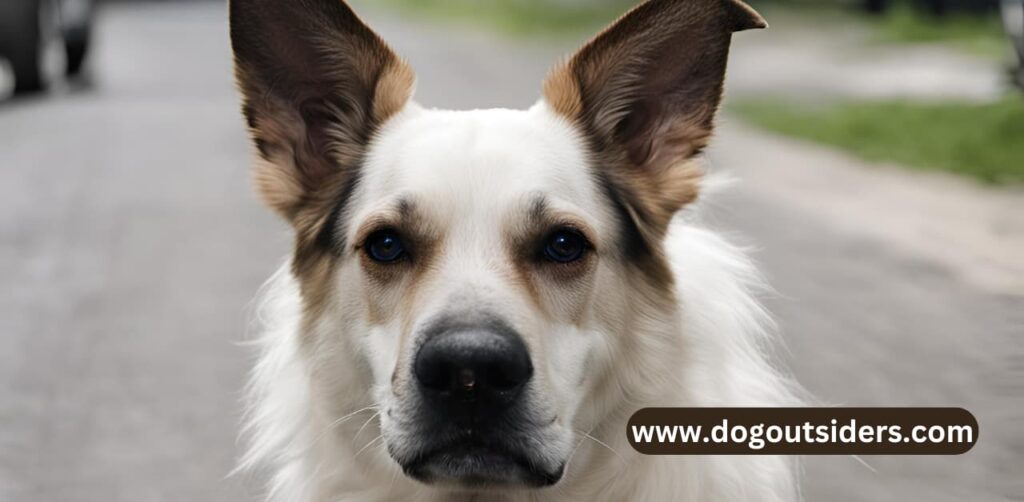
Rescue Dogs
Rescue dogs often struggle with potty training due to past trauma or neglect. Approach training with understanding and patience, creating a safe environment for learning. Tailor your methods based on the dog’s unique needs and experiences to build trust and confidence.
Breed Specific Tips
Researching breed-specific traits is crucial for successful potty training. Understanding how different breeds respond to training helps in developing effective strategies. Consult with experts familiar with your dog’s breed for tailored advice and insights.
Night vs Day Issues
Dogs have varying bathroom needs outside during the day and night. Adjust routines to ensure regular bathroom breaks that align with your dog’s schedule. Monitoring their behavior closely can help in identifying specific issues or patterns that need attention.
In my experience, training rescue dogs requires extra care and patience. I found that establishing a consistent routine helped build trust and confidence in my rescue dog, leading to successful potty training outcomes.
Beyond Basics
Full Bladder Signs
Recognize signs of a full bladder in your dog. Look for restlessness, sniffing around, or circling in specific areas. Take action when you notice these behaviors to prevent accidents indoors. Act promptly by guiding your dog outside to eliminate.
Respond immediately to avoid indoor peeing incidents. Dogs often display subtle cues, such as whining or pacing, indicating the need to relieve themselves outside. Be attentive and observant to catch these signs early. Provide frequent opportunities for outdoor bathroom breaks.
To prevent accidents, establish a routine for outside bathroom breaks. Set specific times during the day for potty outings. Consistency is key in reinforcing good habits. Reward your dog with treats and praise each time they pee outside successfully.
Holding Through the Night
Train your dog to hold their bladder overnight by gradually increasing the duration between nighttime bathroom trips. Start by taking them out right before bedtime and then slowly extend the intervals. Create a cozy sleeping environment to promote relaxation and support bladder control.
Encourage bladder control by limiting water intake close to bedtime. Offer water earlier in the evening and monitor how much your dog drinks before sleep. A balanced approach helps manage their bathroom needs without causing discomfort.
Incorporate positive reinforcement techniques into nighttime training sessions. Use verbal cues like “outside” or “potty time” to associate specific actions with going outdoors. Celebrate successes enthusiastically to reinforce the desired behavior effectively.
Dealing with Sneakiness
Address sneaky behaviors related to bathroom habits by supervising your dog closely at all times. Watch for any attempts to sneak away or hide while urinating indoors or outside. Redirect their attention and guide them outside immediately.
Implement strategies to discourage secretive peeing inside the house. Use baby gates or close doors to restrict access to areas where accidents are likely to happen. Provide clear boundaries within your home through consistent training and positive reinforcement techniques.
Maintain a positive attitude while correcting sneaky behaviors. Avoid scolding or punishment, as this can create fear and anxiety in your dog. Choose a designated spot outside and be patient while waiting for them to go.
Emotional Support and Patience
Coping with Frustration
Training a stubborn dog to pee outside can be challenging. Manage your feelings of frustration by taking breaks when needed. Seek guidance from professional trainers or reliable online resources to gain new insights and strategies. Remember, consistency is key in training your furry friend.
Celebrating Small Wins
Every successful outdoor pee is a victory worth celebrating. Acknowledge and praise your dog for their progress. Use treats or verbal praise as positive reinforcement to encourage good behavior. Maintaining a positive attitude will create a supportive environment for both you and your pet.
I find that celebrating small wins not only boosts my dog’s confidence but also motivates me to continue the training process diligently.
Personal Assistance
When facing persistent challenges, seek personalized advice from experienced trainers or animal behaviorists. Tailor your training approach to suit your dog’s unique personality and learning style. Professional help can provide valuable insights and techniques to overcome stubbornness in your pet.
Seeking personal assistance has been crucial in my journey with my stubborn dog. By adapting training methods based on expert advice, I’ve seen significant improvements in my dog’s behavior.
Conclusion:
Reflecting on the journey of training a stubborn dog to pee outside, it’s evident that patience, consistency, and understanding are paramount. From grasping the root of your dog’s behavior to implementing tailored techniques, each step plays a crucial role in achieving success. Remember, every dog is unique, requiring individualized approaches and unwavering support.
As you continue this endeavor, stay committed to the process, celebrate small victories, and remain resilient in the face of setbacks. Your dedication will not go unnoticed by your furry companion. By fostering a positive environment and maintaining a structured routine, you pave the way for a successful potty training experience. Embrace the challenges as opportunities for growth and bonding with your beloved pet.
FAQ’s:
Understanding your dog’s behavior is crucial. Stay patient, consistent, and provide positive reinforcement. Use rewards for good behavior and ignore accidents. Seek professional help if needed to address any underlying issues affecting training progress.
Start with crate training, establish a routine, use verbal cues, and reward desired behavior. Supervise closely, especially after meals or naps. Avoid punishment for accidents but clean them thoroughly to remove odors that may attract repeat incidents.
Consistency in feeding times, potty breaks, and playtime helps regulate your dog’s bathroom habits. By following a schedule, you can anticipate when your dog needs to go outside and reinforce the desired behavior effectively.
With adult dogs, revisit basic training principles as if they were puppies. Assess any medical issues causing accidents and consult a vet if needed. Adjust your approach based on their individual needs and be persistent in reinforcing good habits.

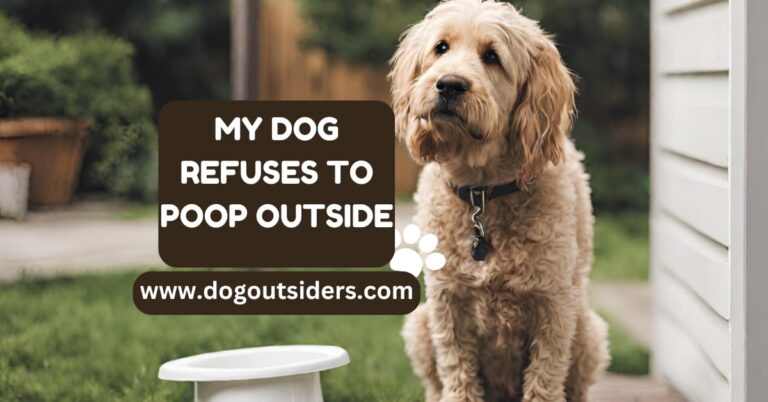

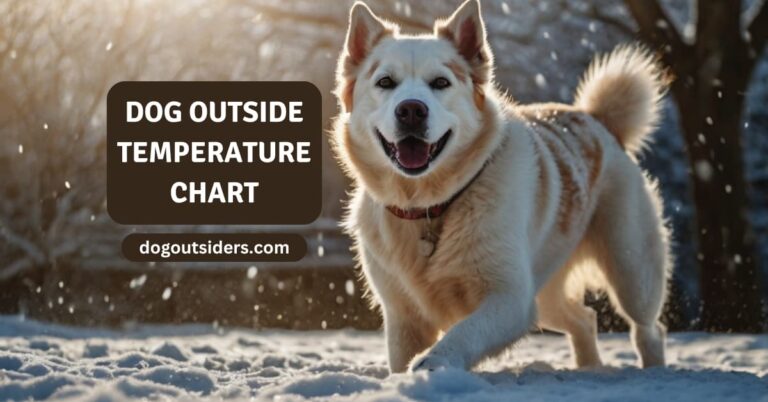


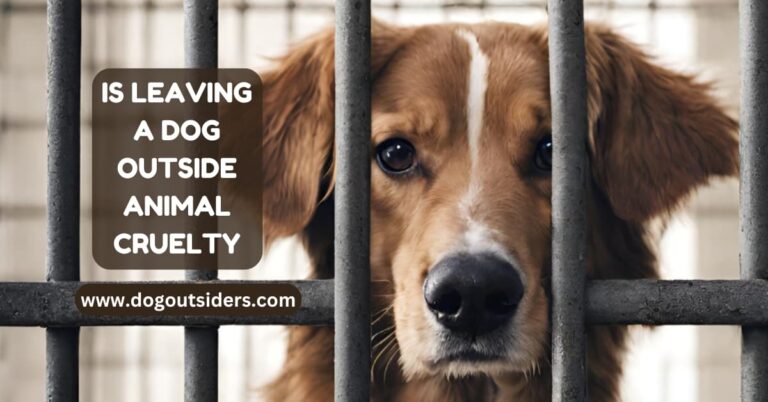
One Comment